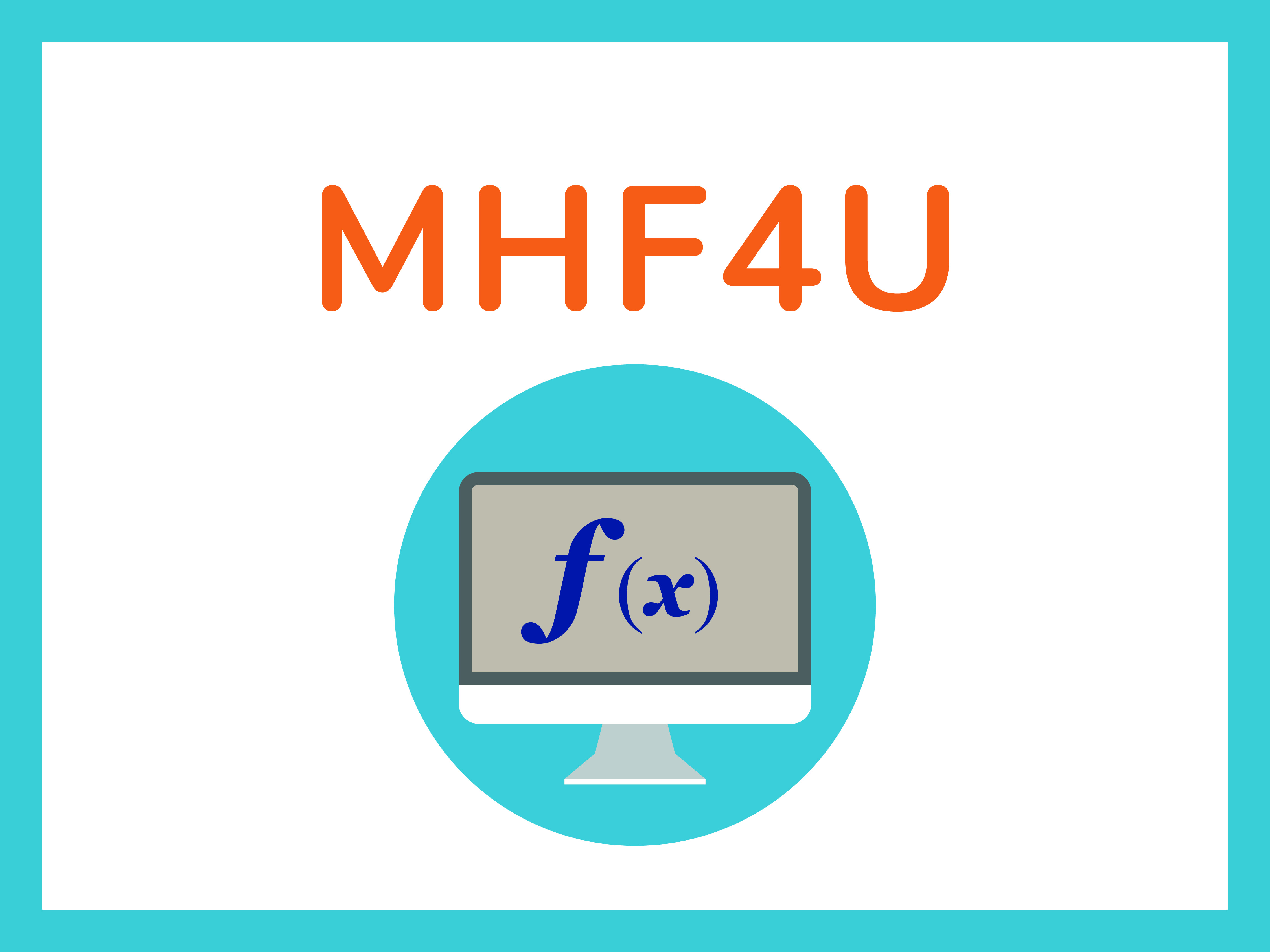Literacy, mathematical literacy, and inquiry/research skills are critical to students’ success in all subjects of the curriculum and in all areas of their lives.
Literacy is defined as the ability to use language and images in rich and varied forms to read, write, listen, view, represent, and think critically about ideas. It involves the capacity to access, manage, and evaluate information; to think imaginatively and analytically; and to communicate thoughts and ideas effectively. The activities and tasks that students undertake in all Freedom High School courses involve oral, written, and visual communication skills. For example, students use language to record their observations, to describe their inquiries in both informal and formal contexts, and to present their findings in presentations and reports in oral, written, graphic, and multimedia forms.
The acquisition and development of literacy skills is promoted in all Freedom High School courses and builds on, reinforces, and enhances mathematical literacy. For example, clear, concise communication often involves the use of diagrams, charts, tables, graphs, and graphic text.
Inquiry is at the heart of learning in all courses offered at Freedom High School. Students are encouraged to develop their ability to ask questions and to explore a variety of possible answers to those questions. As they advance through the grades, they acquire the skills to locate relevant information from a variety of sources, such as books, newspapers, dictionaries, encyclopedias, interviews, videos, and the Internet. The questioning they practised in the early grades becomes more sophisticated as they learn that all sources of information have a particular point of view and that the recipient of the information has a responsibility to evaluate it, determine its validity and relevance, and use it in appropriate ways. The ability to locate, question, and validate information allows a student to become an independent, lifelong learner.
Course Summary
0
